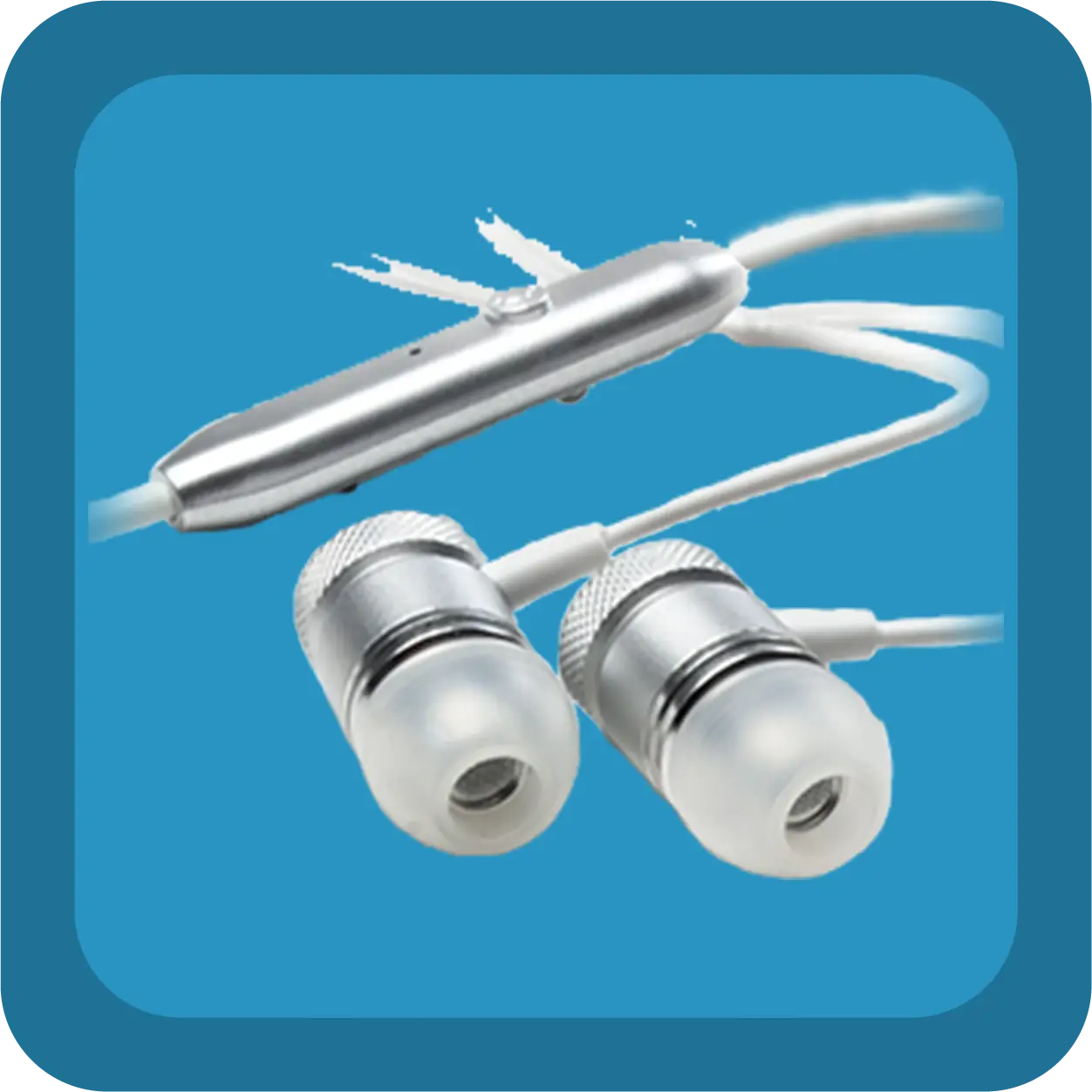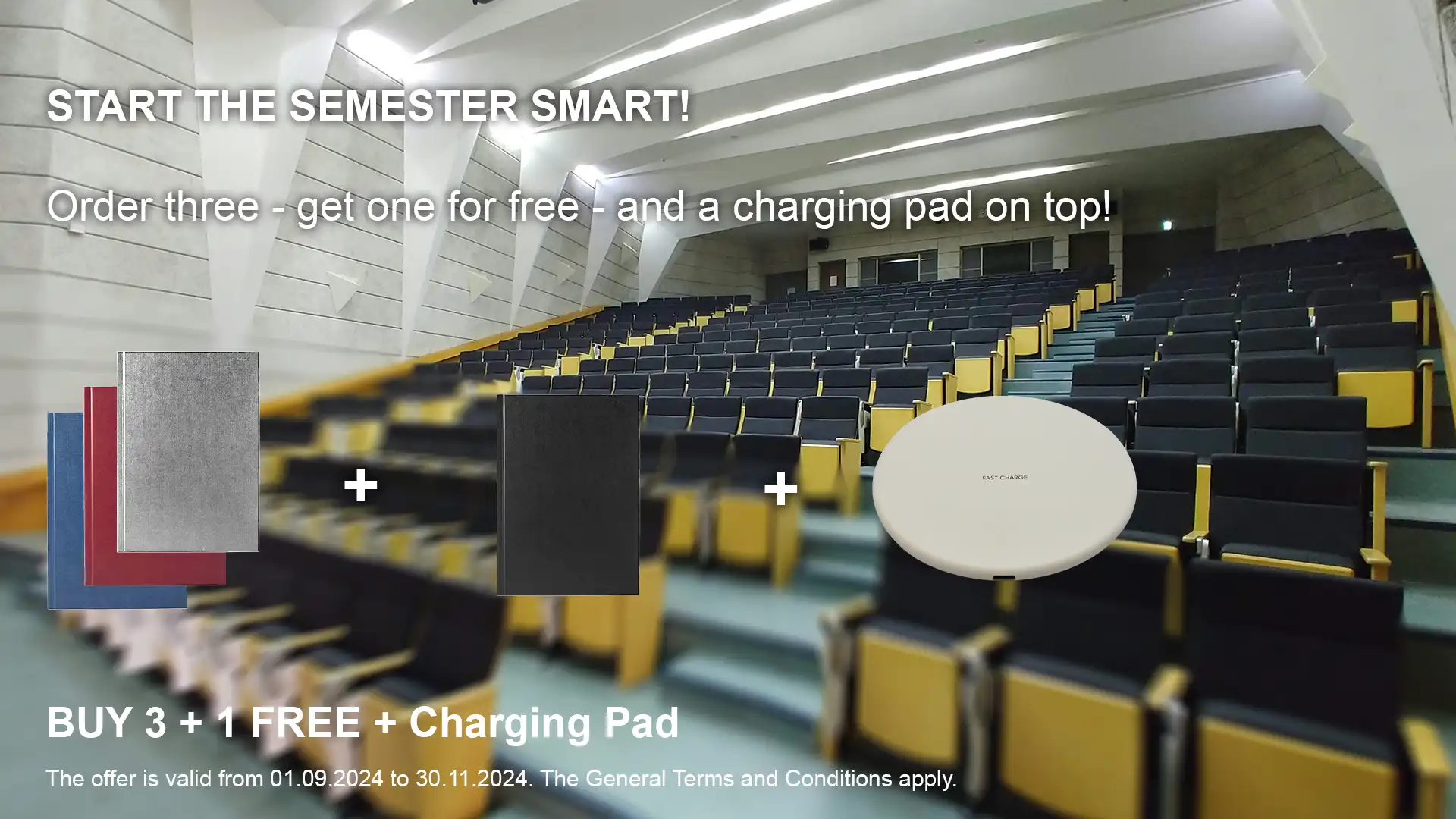Empirical research made easy: a basic guide for beginners
Gain insider knowledge on empirical research. Learn all the basics in a few minutes. Essential terms, methods and phases – delivered simply and strategically. We teach you step by step. Watch now for free!
Welcome to the tutorial “Writing an empirical top thesis – Here’s how“. Scientific research is not limited to dealing with “grey" theory. Empirical, experience-based research is particularly important in the empirical sciences such as physics, biology, and psychology. Those who opt for an empirical thesis can shine at the end with independently achieved research results. But no gain without pain: In order to develop a successful concept for your empirical work, a general understanding of the empirical way of working is a prerequisite. This tutorial shows you which aspects, methods and steps are essential for empirical research.
Empirical research - what it's all about
Let's start with what empirical research aims at. Empirical work has a concrete relation to reality and practice. Its aim is to confirm or refute, by means of an empirical research method, other people’s or one's own theoretical statements about the world and human beings. This distinguishes an empirical work from a literature work, which is purely theoretical and reduced to a critical examination of existing research literature. That does not mean that empirical work is independent of theory. Rather, theory in empirical work serves to contribute to the understanding of the problem context and to derive a research objective.
Depending on the objective of the investigation, empirical research is descriptive, causal, explanatory or exploratory. An empirical study is descriptive when the purpose is to gather statistically precise information about a topic, as in a study of demographic trends and developments. In causal studies, cause-and-effect relationships between certain variables are to be described – as in a study of the effects of a new product design on sales. In explanatory research, hypotheses are derived from current research theories and tested. Exploratory research serves to generate new hypotheses through basic research. Descriptive and causal studies are very suitable to Bachelor’s or Master’s theses as they are applied to well-studied research areas. Explanatory and exploratory investigations, on the other hand, are applied to less researched phenomena and are therefore more suitable for theses of a larger scale, where the aim is to fill a research gap or to develop an application-oriented solution.
Empirical methods
Once it is clear what you want to investigate, it is important to choose a suitable research method. In empirical research, a distinction is made between quantitative and qualitative methods.
Quantitative methods are characterized by a standardized and structured, predefined approach. They are used to collect as much measurable data as possible on an issue in order to evaluate it statistically afterwards. This provides a comprehensive insight into the subject of the study. A quantitative method is useful when you want to test hypotheses or investigate statistical relationships.
Quantitative research methods include quantitative survey, quantitative observation, quantitative content analysis, experimentation, and meta-analysis.
Quantitative surveys take the form of written or oral opinion polls and structured interviews with predetermined questions. Quantitative observation is used to study scientific or social phenomena such as chemical processes or the behavior of individuals or groups of individuals respectively.
In quantitative content analysis, content from texts as well as audio and image files is examined broadly based on selected characteristics.
Experiments are characterized by the fact that one or more independent influencing variables are manipulated in order to obtain new information or to test the truth of statements. Examples are the laboratory experiment, the quasi-experiment, or the field experiment. Meta-analysis is used when results from existing research papers need to be compared with each other in order to arrive at a conclusion of one's own.
Qualitative methods typically proceed in a non-standardized manner. Their purpose is to describe and interpret contexts in detail in order to gain deep insight into a phenomenon. In this respect, they are particularly well suited for explanatory and exploratory studies, i.e., when the aim is to investigate little-researched phenomena. Qualitative methods include qualitative surveys, qualitative observations, qualitative content analysis, and benefit analysis.
Qualitative surveys are conducted either in non-standardized or partly standardized form. Non-standardized surveys are expert interviews, narrative interviews, conversation analyses and group discussions. Partially standardized surveys are guided and expert interviews and problem-centered interviews, respectively.
Qualitative observations are used to analyze the behavior and reactions of the subjects. They can take place openly or covertly, that is, with or without the knowledge of the participants.
Qualitative content analysis is used to collect data from diverse media such as articles, transcripts, or video recordings with the goal of understanding them and generating new reflections.
Benefit analysis is an evaluation method that is used in complex decision-making situations to assess and compare different courses of action on the basis of various target criteria.
All that being said, the choice of methods is not exhausted yet. Furthermore, it is possible to mix quantitative and qualitative methods in order to address a research interest from different perspectives. This is a so-called mixed-methods approach. In this context, a total of four research designs are distinguished: the exploratory design, the explanatory design, the embedded design, and the triangulation design.
In an exploratory design, a quantitative method is used first, followed by a qualitative method. In an explanatory design, on the other hand, first a qualitative and then a quantitative investigation takes place. In an embedded design, one method dominates over the other.
The triangulation design is most frequently used among the mixed methods. Here, the combined methods have equal weight. Furthermore, triangulation also allows working on the same research question with different data material, at different locations or with different researchers.
The 3 stages of empirical research
Now, what steps do you need to take once you have decided to do empirical research? In order to answer this question, we will finally give you an overview of the individual phases that can usually be distinguished in an empirical research. Basically, the process of an empirical study is divided into three phases: Planning, implementation, and evaluation. Each phase is associated with specific steps.
In the planning phase, you determine the research objective by means of a guiding question, formulate hypotheses, choose an appropriate research methodology, and conceptualize the research design.
In the implementation phase, you first prepare the data collection by conducting a pre-test with the survey instrument of your choice and then adjusting the research design if necessary. Then you collect the data.
In the evaluation phase, you prepare the collected data for analysis by structuring the raw material, checking it for errors, reliability and validity, and sorting it accordingly. You then analyze the data using a suitable evaluation method. After the analysis, you interpret and write down your results in a report and place them in the broader scientific or social context.
Need to print and bind your thesis?
Order conveniently online now. At thesis.me you will benefit from brilliantly low prices, super fast processing and many other top services:
✔ Standardized & creative paper and binding options
✔ 3D preview with innovative look-inside-the-book option
✔ Optional book publication with ISBN number
✔ Variety of vouchers & coupons to save money
✔ Free shipping to your home or university
✔ Free guides on studying & doing a doctorate
✔ and much more.






